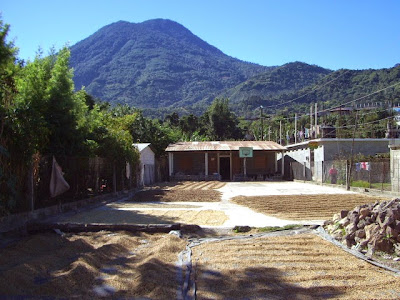You need at least two days and preferably a week or more to "do" the Garden Route. The favourite single stopover is the seaside resort town of Knysna with its nice harbour, yacht club and many seafood restaurants. The route is very popular with backpackers and budget accommodation abounds. The unique backpackers' Baz bus services the region and makes it easy to stop off en route. A typical backpackers would be Wildfarm located near Wilderness. The Baz bus calls in and they pick up travelers at the George airport. You don't need a car as the staff run a shuttle service to local sights, including the beach, Knysna and Wilderness.
(Click on fotos to enlarge)
The Garden Route relies primarily on tourism for its prosperity. Transport, accommodation and services related to tourism are what keeps the cash register tinging. The top attractions are the beautiful ocean beaches with their whale watching, diving, surfing and fishing. Each little seaside resort town around Wilderness has a unique attraction linked up by an antique tourist steam train. A little inland is the popular Cango Caves in a limestone region where you can cool off underground in a world of stalactites and stalagmites.
Ostrich farms are a tourist attraction. You get to ride and "race" ostriches, and at one backpackers I was served an ostrich egg omelette for breakfast. Details of a visit to an ostrich farm are given in my Bootsnall article Oudshoorn
Not to be missed at backpackers is an evening braai, or friendly barbecue washed down with the local beer or vino. It is a good way to meet up with fellow travelers. Each of the stop over points listed above have their accommodation websites listed ranging from backpackers to luxury lodges and motels, which give details of local tourist attractions. For starters try exploring the accommodations and associated details offered at Knysna, the premier tourist resort town on the Garden Route.






















